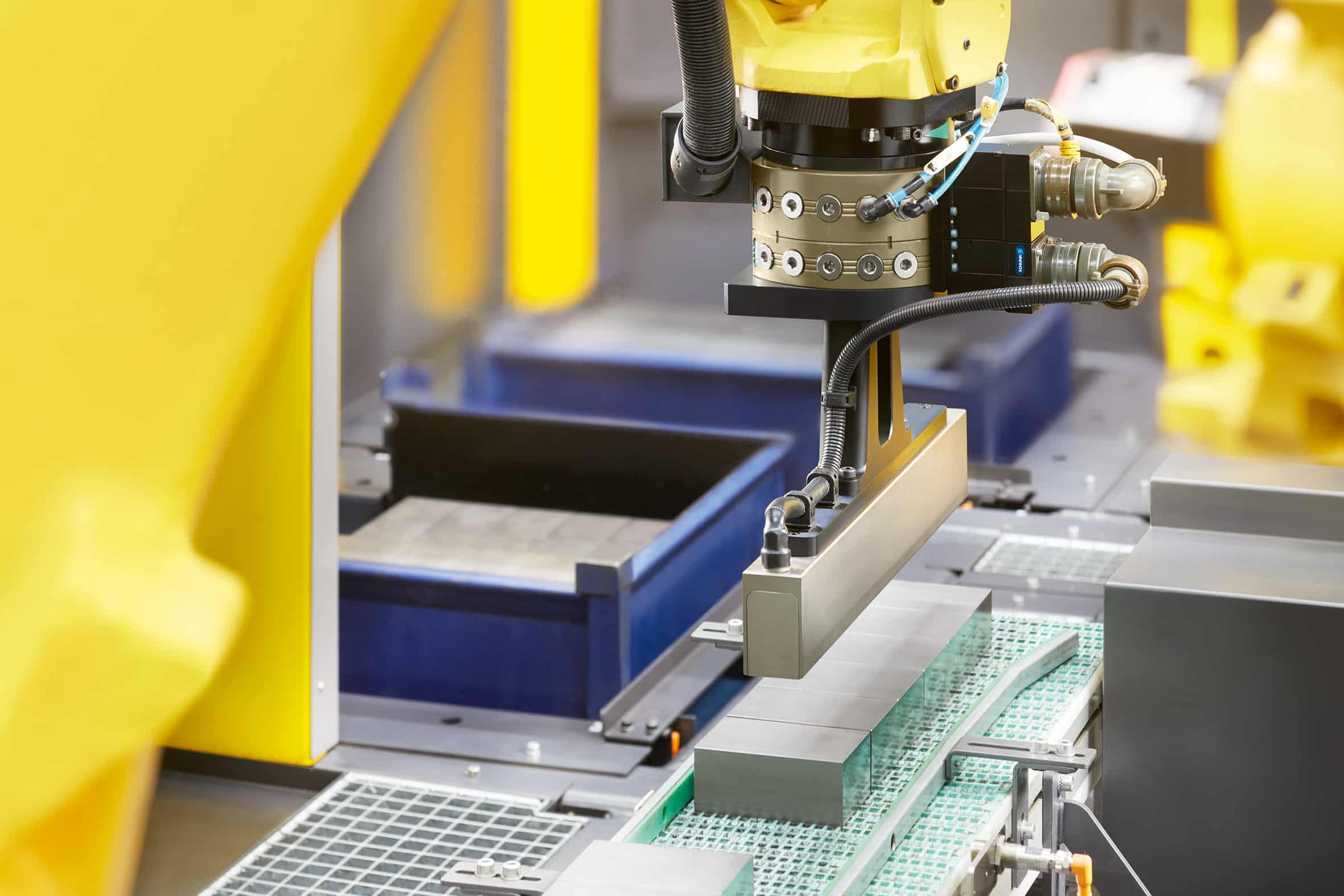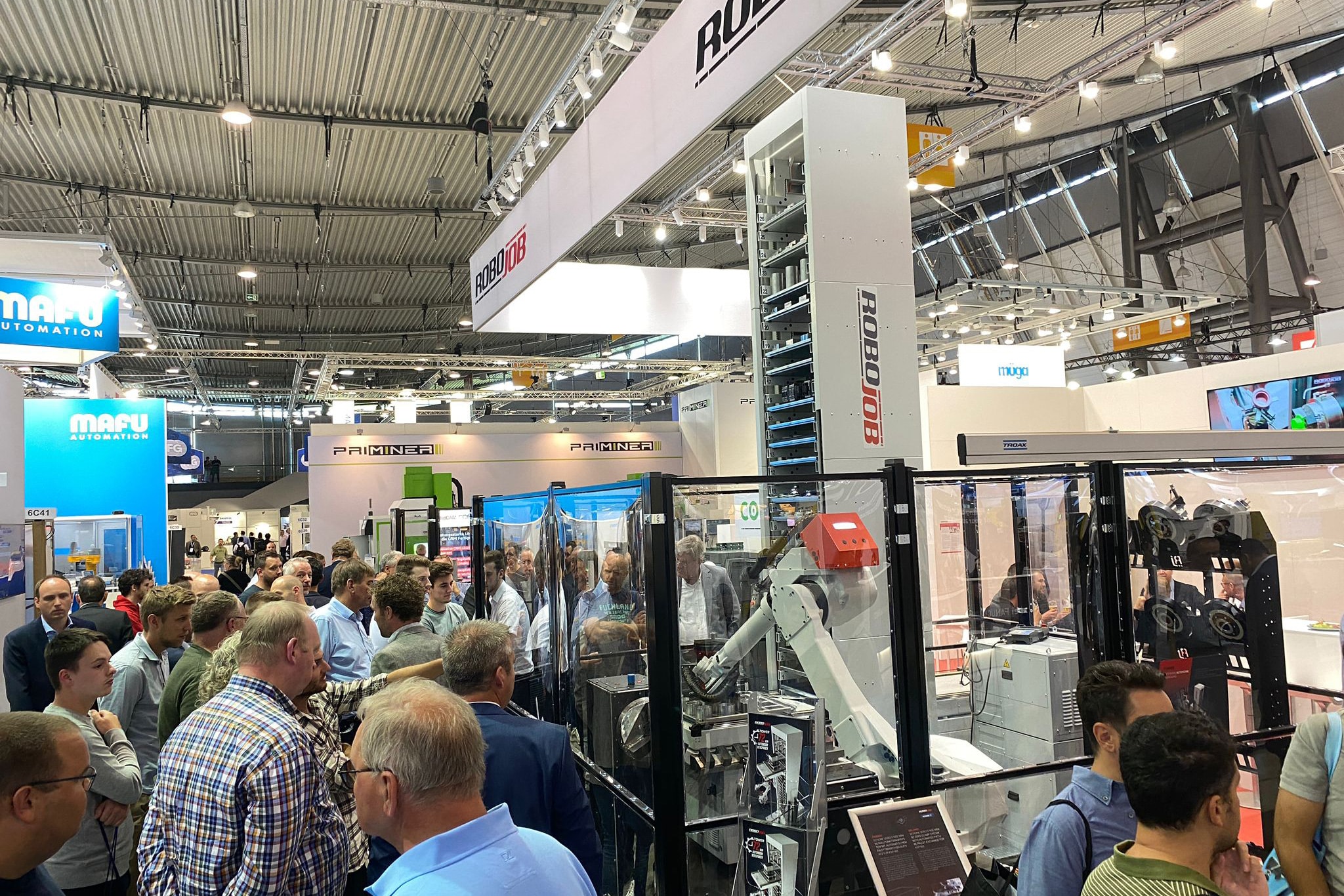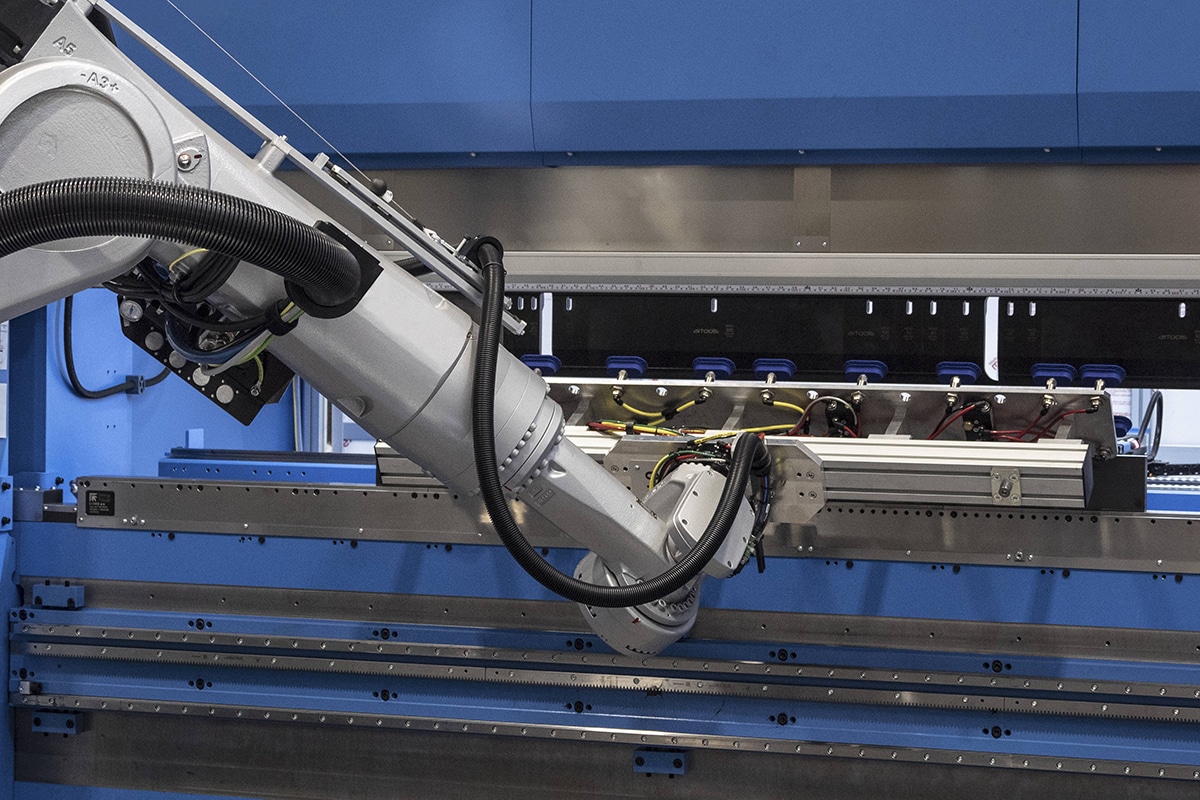
Mastering processes: 5-axis milling with precision
Modern multi-axis machines make it possible to machine more complex workpieces efficiently and productively. 5-axis milling and simultaneous milling have their advantages in every industry, especially in tool and mold making. Here, the tools used also play an important role. Paul Horn GmbH, the precision tool manufacturer from Tübingen, Germany, offers a wide range of tools for these applications.
Michelangelo once said that every block of stone contains a sculpture and the sculptor's job is to discover it. Had he been able to change his hammer and chisel for a contemporary machining center for 5-axis milling and simultaneous milling with precise tools, we would now have countless images of this Italian sculptor to dream away at.
Like a conventional milling machine, modern 5-axis machining centers have three linear axes (X, Y, Z) in one spatial direction each. In addition, a workpiece can be machined in 3D thanks to two rotary or rotary axes. In 5-axis milling, not all axes are moving simultaneously, but all five sides of the workpiece can be machined. If all axes must move simultaneously to produce the correct geometry of a part, then we speak of 5-axis simultaneous milling.

Headlight molds
Many Horn milling tools are used in the automotive sector when machining molds for the production of headlights. After all, the different surfaces and radii present great challenges for the manufacturer. High feed rate milling cutters from Horn's DAH 8 series are used for roughing the mold, while technicians rely on the tool manufacturer's DS system shank cutters for finishing the pieces. In addition to ball milling, they also use circular segment milling cutters, which require fewer feeds when machining free-form surfaces, while still providing the same high-quality surface finish as other milling cutters. The lead time is significantly shorter.

Injection molds
Another application is milling operations on injection molds, where a milling cutter with high feed rate and 12 mm diameter is used for surface roughening. This type of milling cutter has a double radius geometry. This promotes the flow of forces in the axial direction of the spindle and causes few radial forces. This geometry allows high feed rates even on long protrusions without causing vibrations in the tool.
When finishing a mold with different ball milling cutters, there are three decisive factors that help determine the quality of the surface: the precision of the tool, a powerful CAM software for optimal machining, and precise fixturing. Horn manufactures the radii of the cutters with a maximum form deviation of +/- 0.005 mm. The importance of this precision becomes apparent when several mills are applied to a mold to be finished.

Titanium implants
5-axis milling technology is also being used in the supply industry for the medical sector. For example, a manufacturer uses titanium milling cutters type DS from Horn for the production of implants.
These elements in titanium include several surfaces in a free form, about 20 different radii and a lot of cavities in various angles. For roughing, a milling cutter with a diameter of 10 mm and an angular radius of 0.2 mm is chosen as well as one with a diameter of 6 mm and an angular radius of 0.5 mm. A shank cutter with a diameter of 1 mm is used for finishing. DS milling cutters with 10/6/4/2 and 0.6 mm diameters as well as a 2 mm ball milling cutter and a DCG threading cutter with three cutting edges are chosen for other operations. The latter tool mills the threads of the M 3.5 x 0.5 - 8 mm deep and at an angle of 35° in one pass.
Milling two tapered protrusions proved to be a major challenge. Their 43° taper is about 2 mm high and must end in a geometrically perfect point. Roughing and finishing is done with a Horn micro milling machine.
Heeft u vragen over dit artikel, project of product?
Neem dan rechtstreeks contact op met Hartmetall-Werkzeugfabrik Paul Horn GmbH.
 Contact opnemen
Contact opnemen



